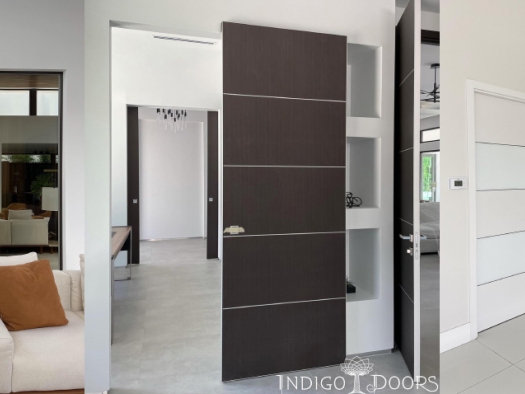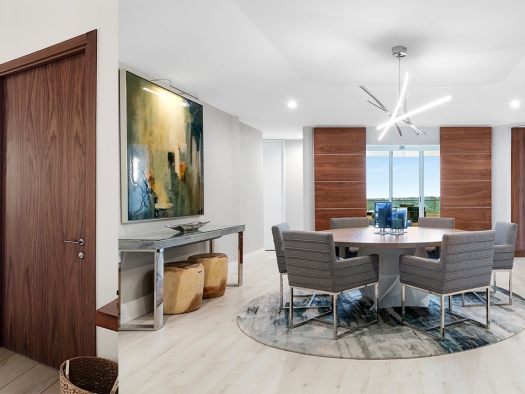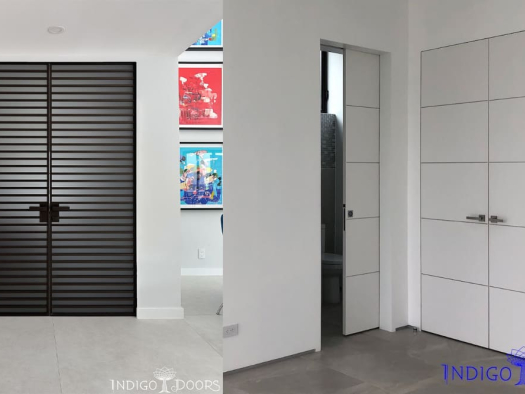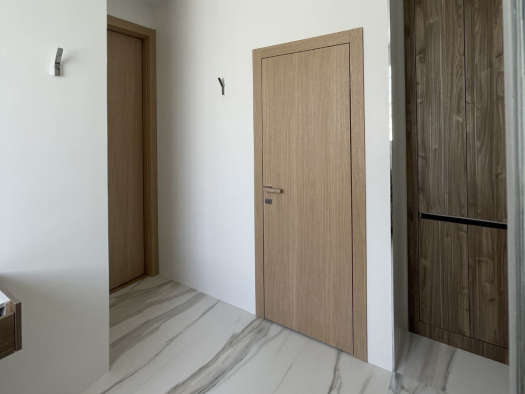- The Significance of Ventilated Interior Doors for Providing Fresh Air in Spaces
- The Working Principle of Ventilated Interior Doors
- Room Air Exchange: Why It Matters
- Types of Ventilated Interior Doors
- Choosing Ventilated Doors Based on Room Needs
- Benefits of Using Ventilated Doors
- Installation and Maintenance of Ventilated Doors
The Significance of Ventilated Interior Doors for Providing Fresh Air in Spaces
Ventilated interior doors represent an innovative solution for ensuring quality ventilation and fresh air in every room. These doors incorporate ventilation systems that actively circulate air between rooms, providing optimal conditions for health and comfort. In this article, we will explore the working principle, advantages of use, various types of ventilated interior doors, as well as important aspects of installation and maintenance of these systems.
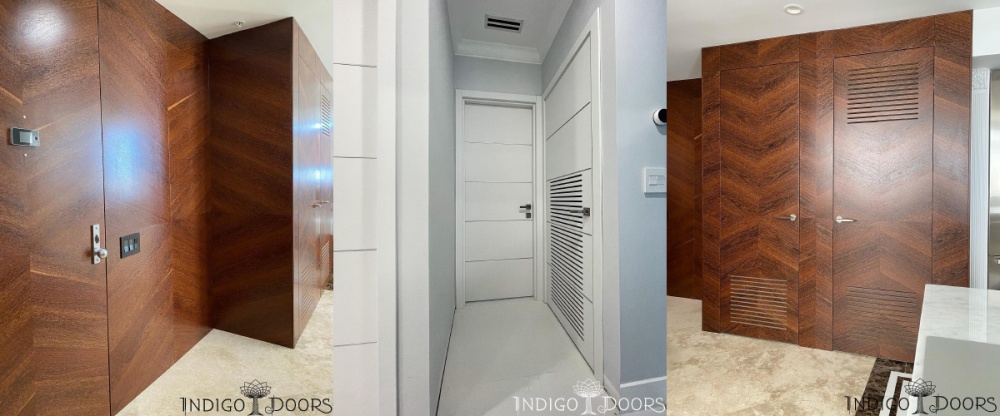
The Working Principle of Ventilated Interior Doors
The principle of ventilated interior doors is based on integrating specialized ventilation systems directly into the door structure. These systems can be mechanical or electrical and are designed to ensure constant air exchange between rooms. For example, mechanical ventilated doors are equipped with built-in fans or valves that open and close, facilitating air circulation as needed. On the other hand, electrical ventilated doors can be controlled using a remote control or automatically activated under specific conditions, such as humidity or CO2 sensors.
Key Components of the Door Ventilation System
The ventilation systems in ventilated interior doors include several key components:
- Ventilation valves or fans: facilitate air circulation by opening and closing as needed.
- Control mechanisms: can be mechanical or electrical, regulating the ventilation system's operation.
- Sensors: used for automatic ventilation control based on environmental parameters such as humidity or CO2 levels.
- Air filters: some models incorporate special filters to purify incoming air from dust and other pollutants.
The combination of these components ensures efficient and automated air exchange within indoor spaces.
Advantages of Using Such Doors to Ensure Quality Ventilation
The use of ventilated interior doors offers several significant advantages for ensuring quality ventilation in spaces:
- Continuous Air Exchange: Ventilation systems within the doors provide continuous air exchange without the need for additional ventilation devices.
- Improved Air Quality: Circulation of fresh air helps reduce the concentration of harmful substances and enhances overall air quality indoors.
- Energy Efficiency: Optimal ventilation helps reduce heating and air conditioning costs, contributing to increased energy efficiency of the spaces.
Utilizing ventilated doors is an effective solution for creating a comfortable and healthy atmosphere inside buildings.
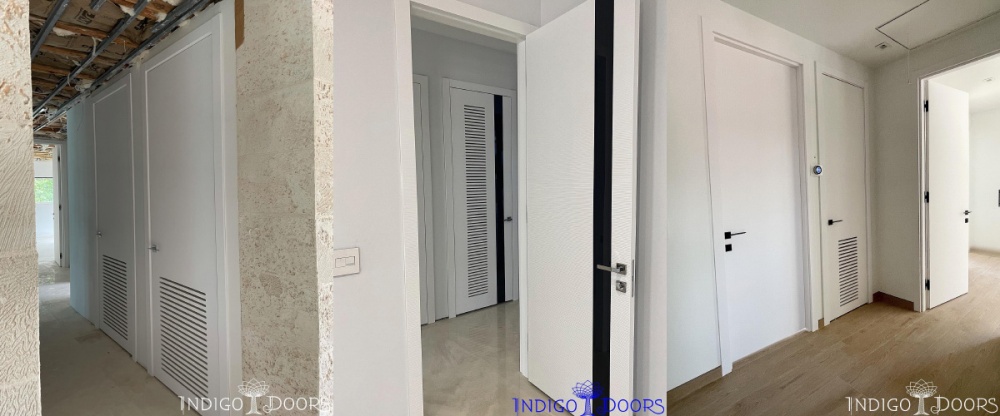
Room Air Exchange: Why It Matters
Room air exchange plays a crucial role in ensuring a healthy and comfortable atmosphere. Every day, people and animals release carbon dioxide into the air, various chemical substances evaporate, and odors are generated. If the air is not refreshed, this can lead to the accumulation of pollutants, moisture, allergens, and other harmful substances, negatively impacting health. Proper ventilation using ventilated interior doors ensures the influx of fresh air and the expulsion of contaminated air, creating a favorable living environment.
The Importance of Fresh Air for Health and Comfort
Fresh air is essential for maintaining health and comfort indoors. It enriches the air with oxygen, reduces the level of harmful impurities, improves metabolism, and enhances respiratory efficiency. Additionally, fresh air contributes to improved emotional well-being, increases productivity, and enhances overall comfort perception.
Issues Related to Inadequate Ventilation and Solutions
Insufficient ventilation can lead to several problems, including:
- Mold and Mildew Formation: Excessive humidity and stagnant air promote the growth of mold and mildew, which can cause allergic reactions and other health issues.
- Accumulation of Pollutants: The air can become saturated with various harmful substances such as CO2, smoke, kitchen grease vapors, etc.
The solution to these problems lies in properly organizing ventilation. The use of ventilated interior doors with integrated ventilation systems is an effective way to ensure continuous air exchange and prevent these issues.
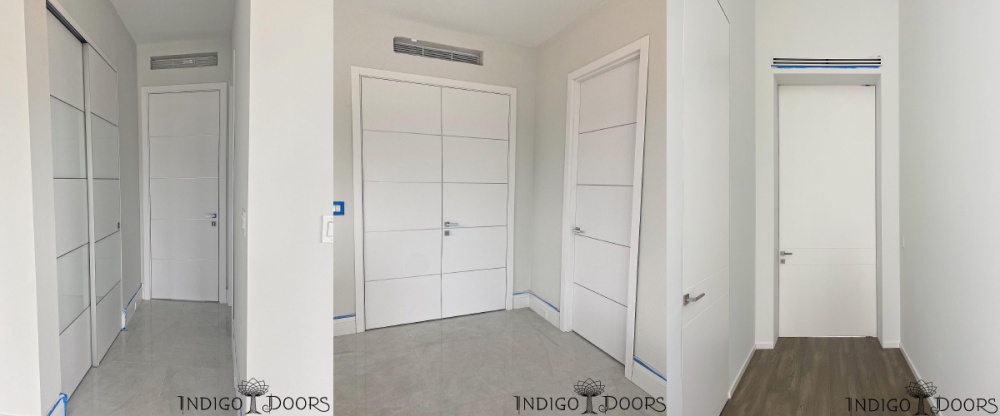
Types of Ventilated Interior Doors
There are several types of ventilated interior doors that differ in operation principle and design:
- Doors with Built-in Ventilation Valves: Provide natural air circulation without using electricity.
- Doors with Electric Fans: Equipped with built-in fans that activate on demand to accelerate air circulation.
- Doors with Air Filters: Provide additional air purification from dust, allergens, and other pollutants.
Each type has its own features and advantages, allowing users to choose the optimal solution based on room needs and preferences.
Mechanical Ventilation Systems: Working Principle and Features
Mechanical ventilation systems in interior doors use built-in fans or drives for active air movement. The principle of operation involves activating the fans or drive mechanisms as needed, ensuring a constant airflow between rooms. The key features of mechanical ventilation systems include high efficiency of air circulation, the ability to regulate the speed and volume of airflow, and automation for optimal ventilation management.
Electric Ventilation Systems: Automation and Control Capabilities
Electric ventilation systems in interior doors offer automation and control capabilities for air circulation. They are equipped with built-in electric fans that can be controlled using a remote control, timer, or humidity and CO2 sensors. This allows optimizing the ventilation system's operation and creating comfortable indoor conditions without the need for constant user intervention.
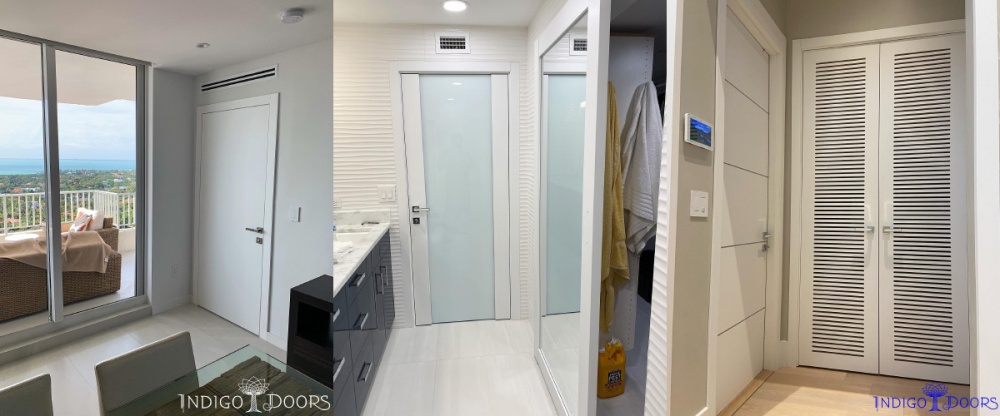
Choosing Ventilated Doors Based on Room Needs
When selecting ventilated interior doors, it's essential to consider the characteristics of each room and its requirements. For example, for bathrooms or kitchens where humidity levels are high, it's recommended to use doors with an effective ventilation system to prevent mold, mildew, and unpleasant odors. For enclosed offices or bedrooms where fresh air is needed without compromising privacy, doors with mechanical or electrical ventilation systems can be chosen depending on the desired level of automation and control.
Rooms with High Humidity: Bathroom, Kitchen, Laundry Room
For spaces with high humidity levels, such as bathrooms, kitchens, or laundry rooms, it's critically important to ensure effective ventilation to prevent mold, mildew, and unpleasant odors. Ventilated interior doors with ventilation systems are capable of maintaining optimal humidity conditions and creating a healthy environment.
Benefits of Using Ventilated Doors
Using ventilated interior doors offers several advantages, including:
- Efficient Ventilation without Additional Devices: Ventilated doors provide an effective solution for air exchange without the need for additional ventilation devices, saving space and resources.
- Privacy Preservation: Ventilated doors ensure air exchange without sacrificing room privacy. They allow for zoning and isolation while maintaining comfort and confidentiality.
- Enhanced Comfort and Health: Constant circulation of fresh air indoors leads to increased comfort, and health risks due to inadequate air exchange are minimized.
- Improved Energy Efficiency: Effective ventilation helps reduce energy costs for heating and air conditioning, positively impacting overall energy efficiency of the space.
Using ventilated interior doors is an innovative and convenient approach to ensuring fresh air in every room.
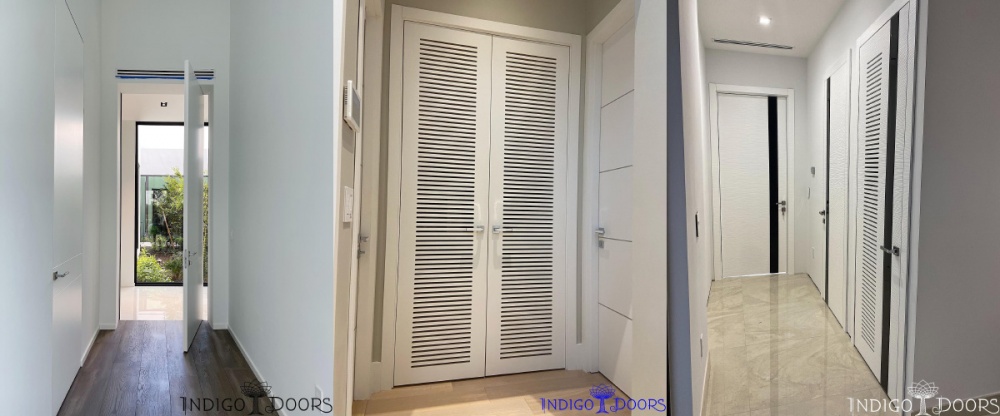
Installation and Maintenance of Ventilated Doors
Installing ventilated interior doors requires specific skills and knowledge. During installation, it's crucial to prepare the opening to fit the dimensions of the door frame and ensure proper connection of the ventilation system to the power source or control unit. After installation, regular technical maintenance is important for optimal ventilation system operation.
Preparing the Opening and Installing the Ventilation System
Before installing ventilated doors, preparation of the opening to fit the size and type of the door frame is necessary. For mechanical or electrical ventilation systems, it's also essential to ensure connection to a power source or install appropriate control elements.
Regular Technical Maintenance for Optimal Operation
To maintain optimal performance of ventilated doors, regular technical maintenance is required. This includes checking the condition of ventilation components, replacing filters as needed, cleaning from dust and dirt, and inspecting the operation of electrical devices and mechanisms.
Conclusion: The Importance of Ventilated Interior Doors for Maintaining Quality Ventilation and Fresh Air in Every Room
Ventilated interior doors represent an innovative solution for ensuring quality ventilation and maintaining fresh air in every room. They play a crucial role in providing a healthy and comfortable atmosphere in spaces where inadequate ventilation can lead to various problems, including mold growth, accumulation of harmful substances, and health deterioration.
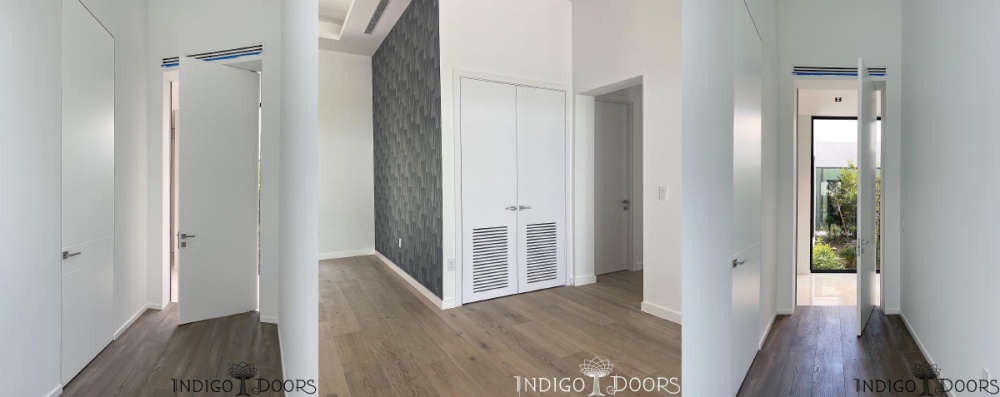
The choice of ventilated doors depends on specific room requirements, the level of automation, and climate conditions. Mechanical and electrical ventilation systems offer various control and automation options, allowing for optimal solutions in different situations.
The advantages of using ventilated doors include efficient ventilation without the need for additional devices, preservation of privacy and comfort, and improved energy efficiency of the space.
An important aspect of using ventilated doors is proper installation and regular technical maintenance, ensuring optimal ventilation system performance throughout its operational life.
In summary, ventilated interior doors are a modern and effective solution for maintaining quality ventilation and fresh air in every room, contributing to the creation of a healthy and comfortable indoor environment.
Therefore, the use of ventilated interior doors is crucial for maintaining quality ventilation and ensuring fresh air in every room. They provide efficient air exchange while preserving privacy and interior aesthetics. The right choice and installation of ventilated doors help create a healthy and comfortable atmosphere indoors, which is essential for ensuring comfortable living and working conditions.

